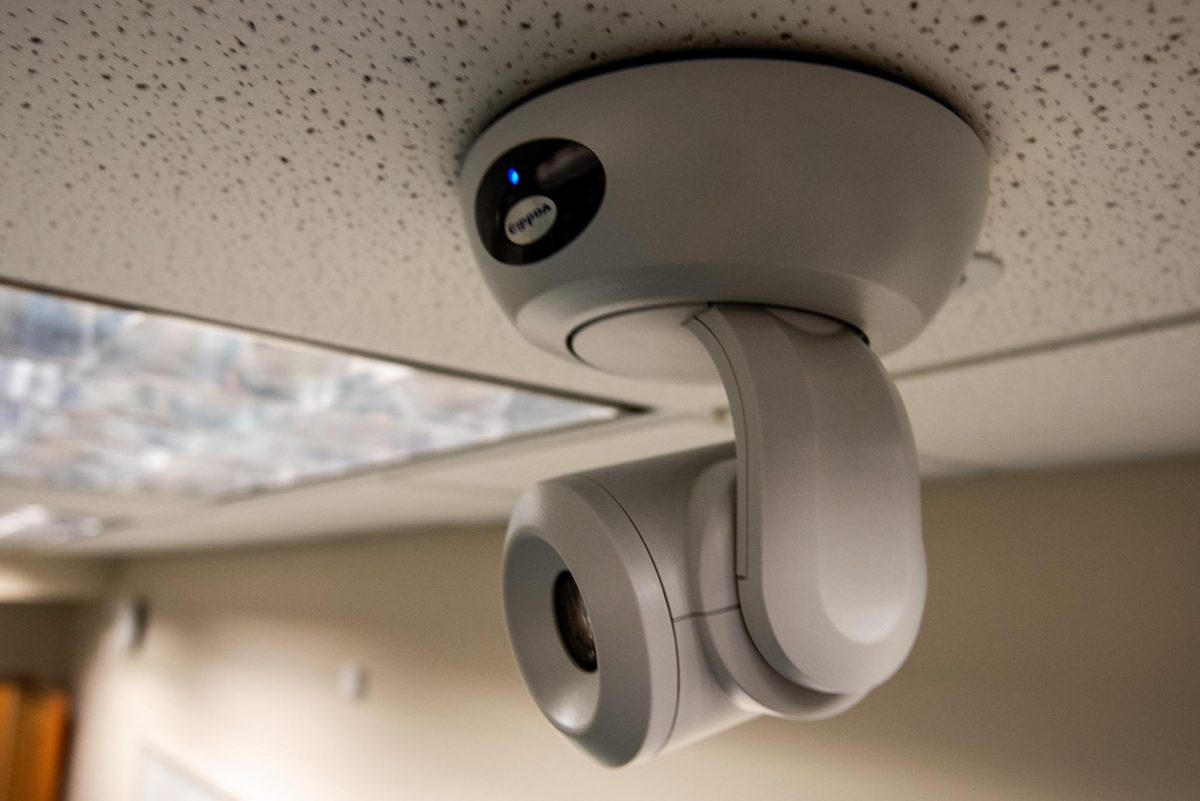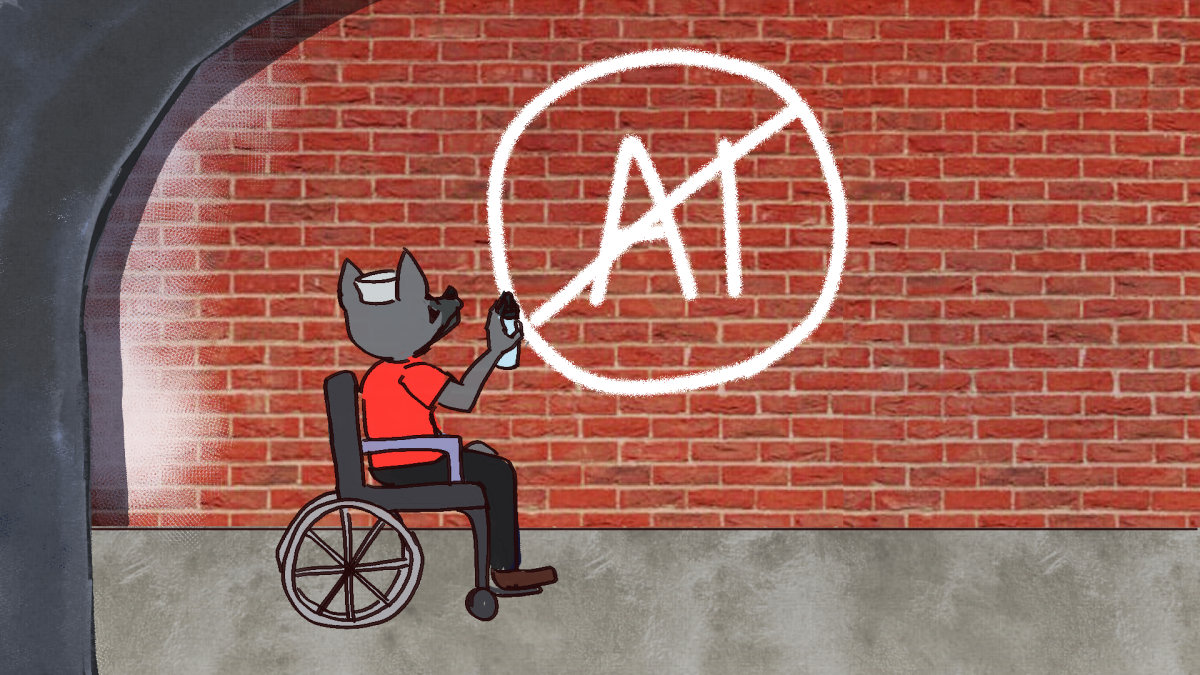Many students enter their semester with high hopes, excited to get involved with organizations like English Club, High-Powered Rocketry Club or whatever niche hobby they might be interested in. Events like student involvement fairs and Packapalooza draw massive crowds, yet somehow, this interest always seems to fade — and quickly.
It’s the pattern that plays out semester after semester: Students pack into club fairs, signing up for email lists and eagerly chatting with club leaders. Weeks later, those clubs struggle to keep even a handful of attendees.
The initial energy doesn’t always translate to sustained involvement, and that drop-off can be disheartening for both new members and those trying to lead. I’ve walked into club meetings before with only two or three students, leading to an awkward, brief interaction with the few people who decided to show up. After all, it’s hard to have a functioning club without, well, the members.
Abraham Howell, coordinator for student programming and engagement at NC State, oversees the Black Students Board and University Activities Board, which hosts events like the upcoming Autumn Artistry on Oct. 21. Howell emphasized the value of student involvement and its lasting impact on the college experience.
“The college space in general is kind of laid out in a way that allows people to just explore different things, whether that’s in academics or through clubs and [organizations],” Howell said. “It gives students a chance to either step outside their comfort zones or really solidify different parts of their identities.”
Getting involved on campus comes with a wide range of benefits. Not only is it a great way to meet people and build community, but it can also enhance your resume and appeal to future employers. Taking on a leadership role or simply being an active member of a student organization shows commitment, initiative and willingness to grow, which are qualities that stand out beyond the classroom.
I understand that the semester can get busy, and many of us tend to bite off more than we can chew at the start. The last thing you want to do is spread yourself too thin. However, getting involved on campus does have real value.
“We don’t want students who are just sitting at home in their dorms or in their apartments and just solely focused on work, solely focused on class,” Howell said. “A break is always needed.”
For those of you leading student organizations and wondering why attendance might be lower than expected, Howell offered some practical advice, suggesting offering food and freebies to draw people in.
“Partnerships come in handy for attendance and engagement as well,” Howell said.
Collaborating with other clubs or campus organizations can significantly enhance the success of your events. Not only does it help reduce the cost, but it also expands your reach to new audiences who may not have been aware of the club otherwise. Cross-organizational collaboration often leads to stronger turnout, greater visibility and more diverse participation.
Many students arrive at college hoping to find a sense of connection and belonging, so organizations centered around identities are also important.
“All identity-based organizations have a place on university campuses because university campuses are diverse places, that’s just the nature of college in the present day,” Howell said. “So I think they are vitally important for belonging, creating a sense of community and safety on campus that may not be afforded in other capacities or in other [organizations].”
Whether you’re leading a club or thinking about joining one, getting involved on campus is one of the most rewarding things you can do during your college experience. Student engagement is at the heart of what makes our university thrive, so take a chance and explore your interests.





